But anyway , we still nid to complete it !!! cheer up myself !!! haha !!! XDD
Lets start my briefing =)
=======================================================================
-> What TRAITS made them creative?
-> What ENVIRONMENTAL conditions existed?
-> What was the PROCESS of creativity?
=======================================================================
I would like to talk about MAYA , The Maya is a Mesoamerican civilization, noted for the only known fully developed written language of the pre-Columbian Americas, as well as for its art, architecture, and mathematical and astronomical systems. Initially established during the Pre-Classic period (c. 2000 BC to AD 250), according to the Mesoamerican chronology, many Maya cities reached their highest state of development during the Classic period (c. AD 250 to 900), and continued throughout the Post-Classic period until the arrival of the Spanish.
Mayan ruins in Guatemala
Where the rain forests of Guatemala now stand, a great civilization once flourished. The people of Mayan society built vast cities, ornate temples, and towering pyramids. At its peak around 900 A.D., the population numbered 500 people per square mile in rural areas, and more than 2,000 people per square mile in the cities -- comparable to modern Los Angeles County.
========================================================================
Mayan Calendar
Maya hv created a lot of creative artifacts =)
for example , mayan calendar is the most famous totem calendar in the world .
The essentials of the Mayan calendar are based upon a system which had been in common use throughout the region, dating back to at least the 5th century BCE. It shares many aspects with calendars employed by other earlier Mesoamerican civilizations, such as the Zapotec and Olmec, and contemporary or later ones such as the Mixtec and Aztec calendars.
Ceramic is one of the common cretive culture in Maya =)
Mayan ceramics are important in the study of the Pre-Columbian Maya culture of Mesoamerica. Through the years, the vessels took on different shapes, colors, sizes, and purposes. The intense artistic mosaics that grace the walls of the ancient masterpieces reveal stories of rulers, the underworld (Xibalba), Mayan creation, and even the particular function of the vessel.
There will be a summary introduction for a few famous mayan ceramic artifacts at the below =)
Mayan whistle figure from the Copan area of Honduras. In the form of a dwarf depicted with hands held in his lap, wearing fancy headdress and ear ornaments. Stands 56 mm (2 1/4") tall, made from the characteristic buff clay with the typical Early Classic appearance. Good calcification and nice tone.
Choice Maya figural fragment from Guatemala, c. 400 - 800 AD, in the form of a large head depicting an elite individual wearing a complex headdress and large ear spools. H: 3 1/2" (8.8 cm).
Fine Maya zoomorphic tripod jar from Guatemala, c. 100 - 500 AD, highly burnished and features two zoomorphic heads protruding from the chamber. Incised wing pattern on each side, likely to create a representation of a pair of fledgling birds in a nest. H: 3 1/2" (8.9 cm). Nice mineral deposits.
========================================================================
Beside artifacts , one of Mayan creative traits is Mayan Weaving =)
Mayan weaving is mostly done by the Mayan women, who after thousands of years continue producing their beautiful and varied items by means of a waistloom.
Their skill in weaving has been taught to them generation after generation by their grandmothers and mothers, starting at a very young age.
In many of the weavings you will find ancient Mayan symbols referring to some of their gods and to their vision of the universe, and other motifs emerge from their own inspiration.
Mayan weaving is definitely one more expression of Mayan art.
========================================================================
Ancient Creative Environmental Condition Exited =)
A Maya city from the Classic Period usually consisted of a series of stepped platforms topped by masonry structures, ranging from great temple-pyramids and palaces to individual house mounds. These structures were in turn arranged around broad plazas or courtyards. Maya architecture is characterized by a sophisticated sense of decoration and art, expressed in bas-relief carvings and wall paintings. At major sites like Tikal, large buildings and complexes might also have been interconnected by stone roads or causeways.
The Great Gate at Labna, southern Yucatán, is a fine example of Puuc-style architecture. Architects perhaps sacrificed the functionality of a "true arch" (with keystone) for the symbolism of the Maya vault. The tall structure was once free-standing, probably a ceremonial passageway between two plazas.
The Temple of the Sun, Palenque, was built by Chan-Bahlum ("snake-jaguar"), son of Pacal, ca. A.D. 690. Its roof comb had no structural function, but can be considered analogous to a headdress worn by a king. The Temple's mansard roof is decorated with the beautiful stucco figures for which Palenque is justly famous.
Ancient Maya scripts in Temple
Image sketching of ancient Mayan lifestyle =)
Typical Mayan House =)
Typical Mayan Living Room / Bedroom =)
========================================================================
The Process Of Maya Civilization being Build and Fall
The Maya Empire, centered in the tropical lowlands of what is now Guatemala, reached the peak of its power and influence around the sixth century A.D. The Maya excelled at agriculture, pottery, hieroglyph writing, calendar-making and mathematics, and left behind an astonishing amount of impressive architecture and symbolic artwork. Most of the great stone cities of the Maya were abandoned by A.D. 900, however, and since the 19th century scholars have debated what might have caused this dramatic decline.
The Maya are probably the best-known of the classical civilizations of Mesoamerica. Originating in the Yucatán around 2600 B.C., they rose to prominence around A.D. 250 in present-day southern Mexico, Guatemala, northern Belize and western Honduras. Building on the inherited inventions and ideas of earlier civilizations such as the Olmec, the Maya developed astronomy, calendrical systems and hieroglyphic writing. The Maya were noted as well for elaborate and highly decorated ceremonial architecture, including temple-pyramids, palaces and observatories, all built without metal tools. They were also skilled farmers, clearing large sections of tropical rain forest and, where groundwater was scarce, building sizeable underground reservoirs for the storage of rainwater. The Maya were equally skilled as weavers and potters, and cleared routes through jungles and swamps to foster extensive trade networks with distant peoples.
Around 300 B.C., the Maya adopted a hierarchical system of government with rule by nobles and kings. This civilization developed into highly structured kingdoms during the Classic period, A.D. 200-900. Their society consisted of many independent states, each with a rural farming community and large urban sites built around ceremonial centres. It started to decline around A.D. 900 when - for reasons which are still largely a mystery - the southern Maya abandoned their cities. When the northern Maya were integrated into the Toltec society by A.D. 1200, the Maya dynasty finally came to a close, although some peripheral centres continued to thrive until the Spanish Conquest in the early sixteenth century.
Maya history can be characterized as cycles of rise and fall: city-states rose in prominence and fell into decline, only to be replaced by others. It could also be described as one of continuity and change, guided by a religion that remains the foundation of their culture. For those who follow the ancient Maya traditions, the belief in the influence of the cosmos on human lives and the necessity of paying homage to the gods through rituals continues to find expression in a modern hybrid Christian-Maya faith.




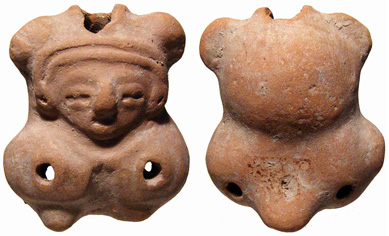
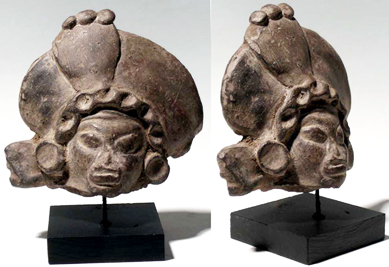
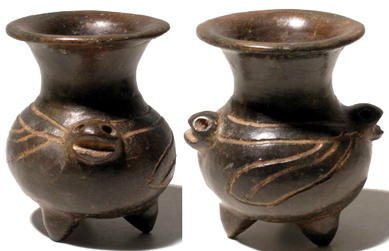
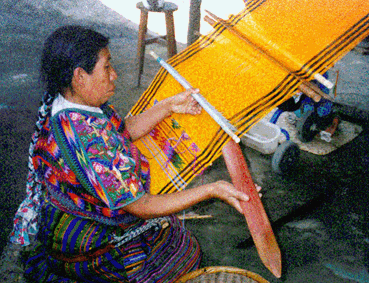

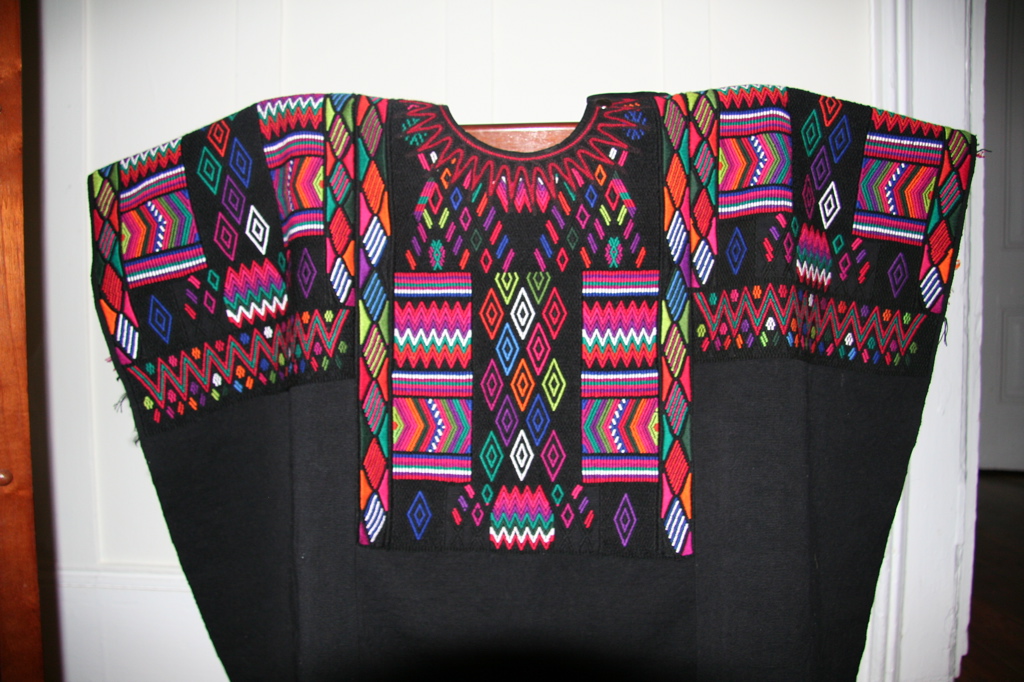




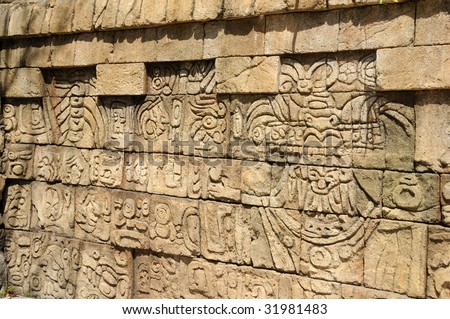
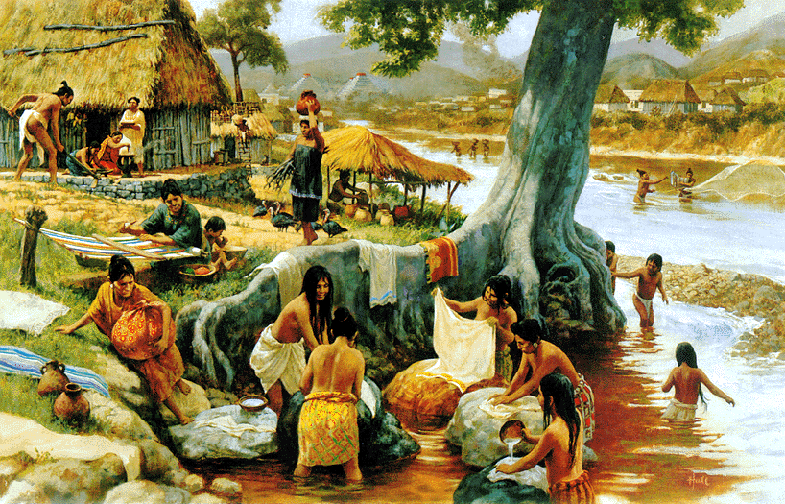



No comments:
Post a Comment